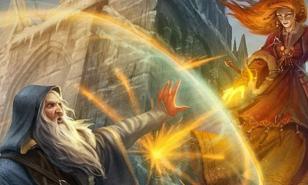[Top 10] D&D Most Useful Languages To Know
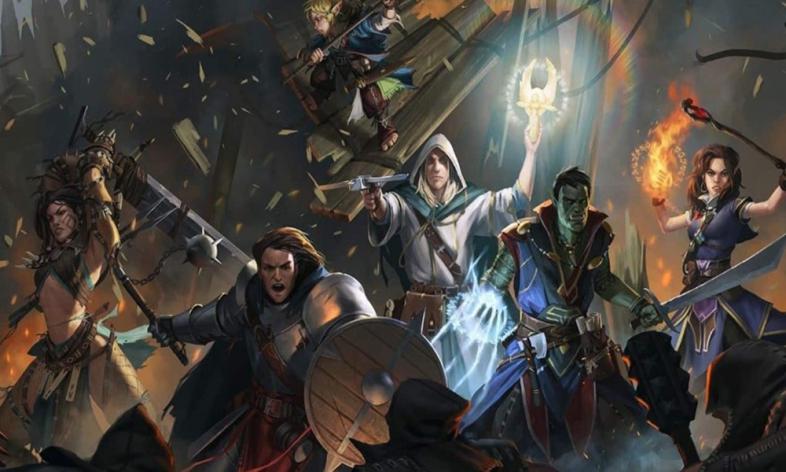
Fantasy worlds are home to hundreds, if not thousands, of different languages, dialects, and more.
In 5th edition Dungeons & Dragons, almost every sentient, civilized being speaks common, the trade language most civilized races use to converse with each other.
However, adventurers tend to venture beyond the known lands, meet strange and ancient people, uncover ruins, and explore mythical civilizations.
Language barriers can be as dangerous as any sword or spell, for miscommunication can lead to conflict the player characters might not escape from, thus it’s always important to make sure you can communicate with the many cultures you might come across with.
As a dungeon master, too, it’s important to let your players converse with ancient dragon scholars or wise elven archmages, to give them a chance to learn more about each other and the world laid out for them.
Some might then ask, ¿what’s the best language to know? Well, this varies from every campaign, sometimes you might be surrounded by orcs, goblins, and bugbears, some others you could parlay with a violent drake, but at all times you’ll need to communicate!
Worry not, for we have made a list of some of the most useful languages you can learn based on the number of creatures that speak said languages.
10. Goblin
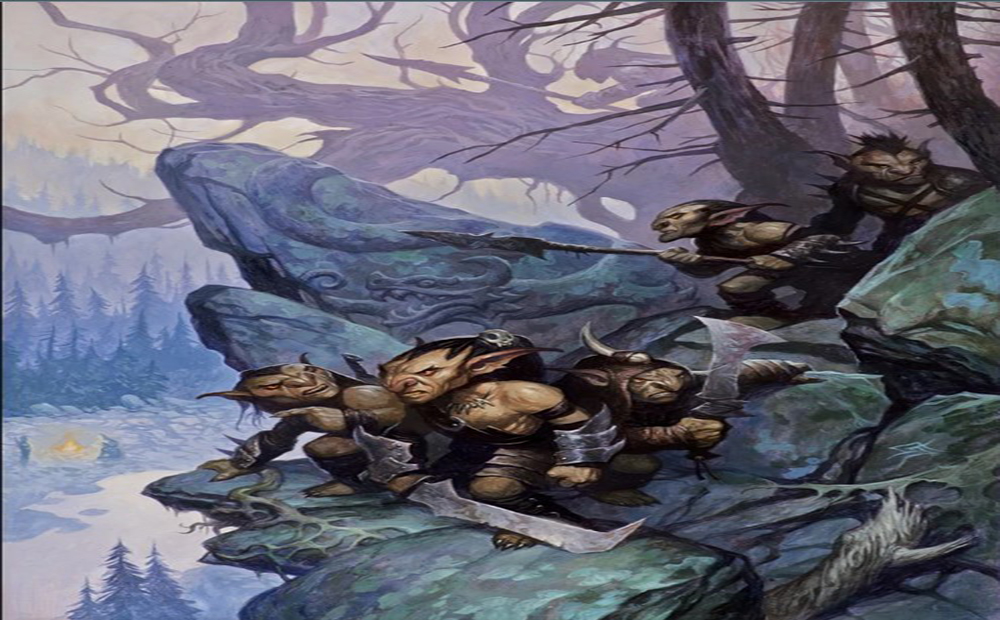
The goblin language, also known as Ghukliak in the Forgotten Realms setting, was the language spoken by Goblins, Hobgoblins, and Bugbears.
It is a standard language that usually uses Dwarvish script. The reason it’s on this list is that over 49 (and upwards) creatures share this language, most of them humanoids, those player characters are sure to come across throughout their adventures.
What the Goblin Language is Useful for:
- Goblinoids are one of the most popular low-level enemies players can come across. Knowing the language of your opponents can facilitate infiltration and espionage.
- You can find allies in the weirdest places: By conversing with goblinoids you might avoid conflict and even gain temporary allies to achieve a common goal, perhaps coming together to overthrow a bigger foe.
9. Sylvan
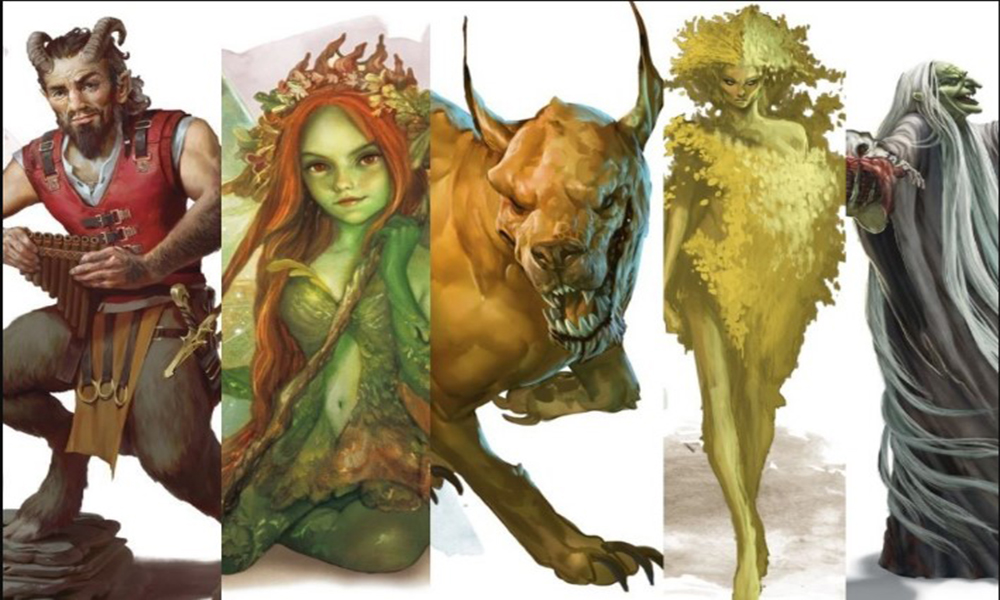
With over 51 plus creatures sharing the language, Sylvan is often seen as the language of nature, as its speakers are often nature spirits and creatures.
The language itself is fairly old and has changed very little throughout the ages. It flows easily, similarly to elven; in many worlds, the elven language is derived from sylvan. Although it uses the elven script, the language is hardly ever written.
What the Sylvan language is Useful for:
- Fey are tricksters and aloof, rather than straight-up evil in most cases. By communicating with them the party can gather information about the natural world unavailable otherwise.
- From stealing babies to cursing passersby, Fey can spell a whole lot of trouble, by conversing with them one could humor them enough to convince them not to turn the party into frogs.
8. Infernal
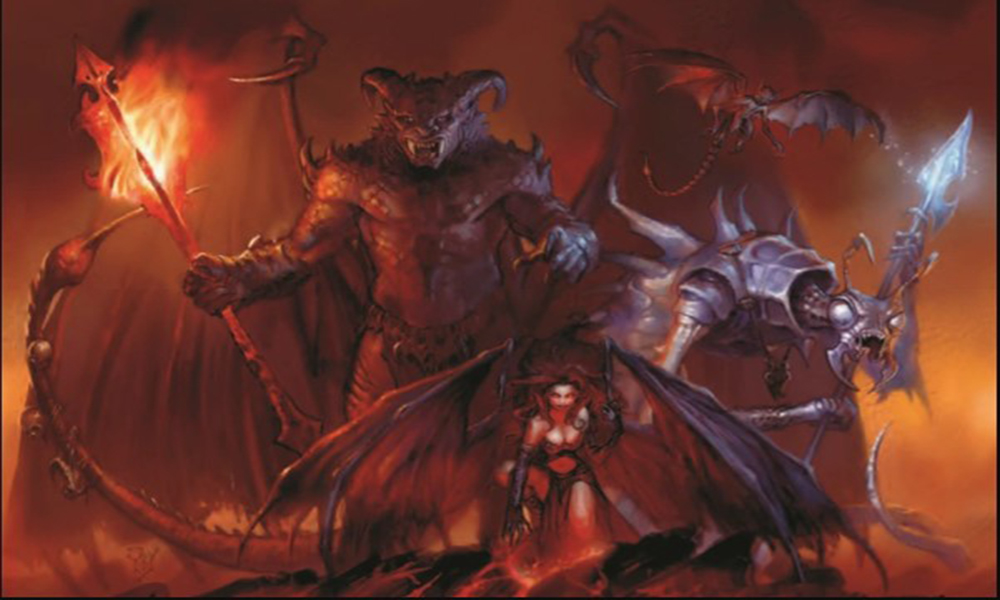
Harsh and alien, Infernal is the language of Devils and the Nine Hells.
This language was developed by beings with thought patterns very unlike those of humanity, making it exotic.
Roughly 90 different creatures share Infernal as a language, making it perfect for dealing with Lawful Evil outsiders.
What the Infernal Language is Useful for:
- The devil is in the details, after all, Baatezu are known for being calculating and lawful, by speaking their language you can avoid falling into the many pitfalls of wordplay.
- A language so exotic can help decipher the script of some of the most dangerous foes in the multiverse, letting you gleam into the plans (or history) of a cosmic force older than the world.
7. Dwarvish
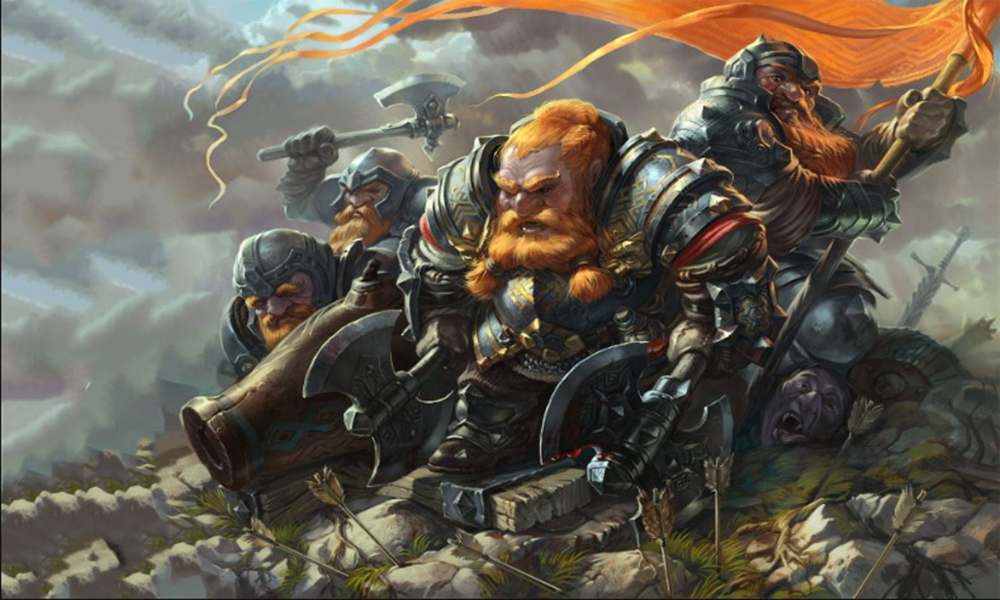
‘Tis the name for the family of languages used by dwarves. In most worlds, this term refers to the runic alphabet in which the language is written.
While communities and races evolved it into their own dialects, this is one of the most widely known alphabets among the sentient races of 5th edition.
What the Dwarvish Language is Useful for:
- Roughly 94 creatures share this language, making it perfect to communicate with reclusive, often solitary creatures that dwell in ancient fortresses and cave systems.
- Dwarvish is the base alphabet for several languages like Giant, Gnomish, Goblin, and Orc, so by reading it, you can kind of gleam into the nature of several other tongues.
6. Giant
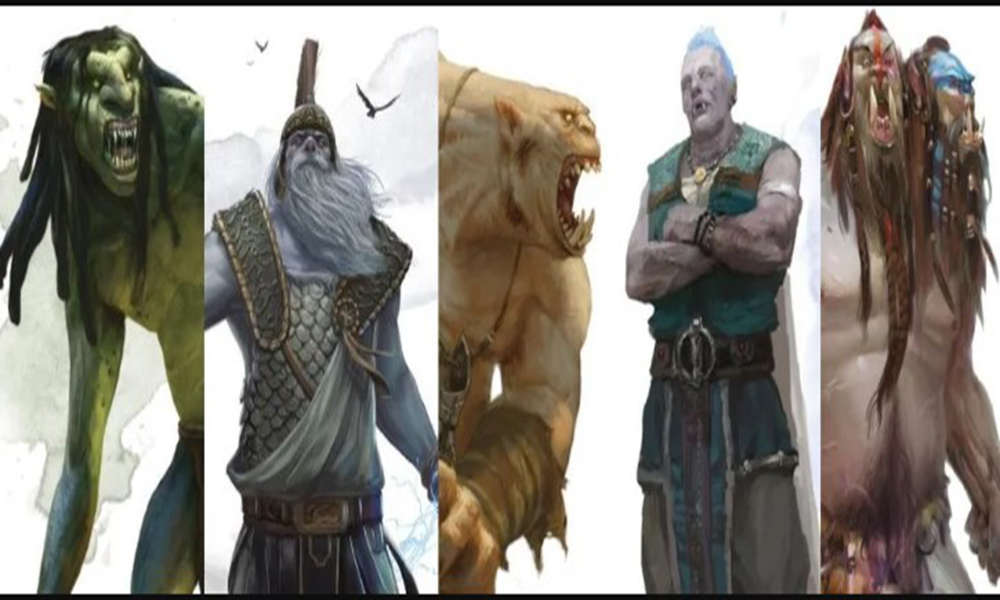
Also known as Jotun by those who speak it, this is the ancient language shared by all of the giant sub-types in 5th edition Dungeons & Dragons.
Giants, as varied as they are, go from the tundra-dwelling Frost giants to the volcanic fire giants, they, and many others, make up the over 103 creatures sharing this ancient language.
What the Giant Language is Useful for:
- In most worlds, this is one of the oldest active languages. This means that ancient ruins, millennial individuals, and even gods might use this language over common when divulging their secrets.
5. Undercommon
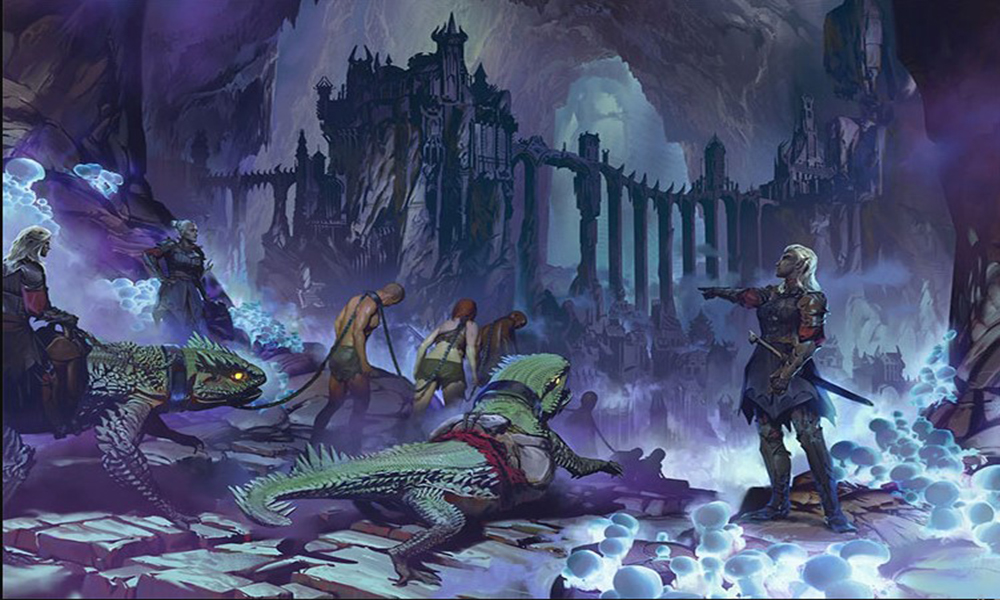
A trade language spoken by the majority of sentient races native to the Underdark. It is a blend of Drow, Dwarven, Common and even has some “lesser” tongues tossed in it.
While initially adopted as an offset of the Drow language, pretty much every Underdark creature understands it, averaging over 114 creatures that communicate with it.
What Undercommon is Useful for:
- The Underdark is a vast network of underground caverns home to a host of mostly-evil beings that parlay with demons. Understanding Undercommon can help survive the dangers of the dark caves.
- On another note, perhaps these dark, sinister biomes are home to creatures who can provide services otherwise inaccessible, one might be interested in learning their language to trade.
4. Abyssal
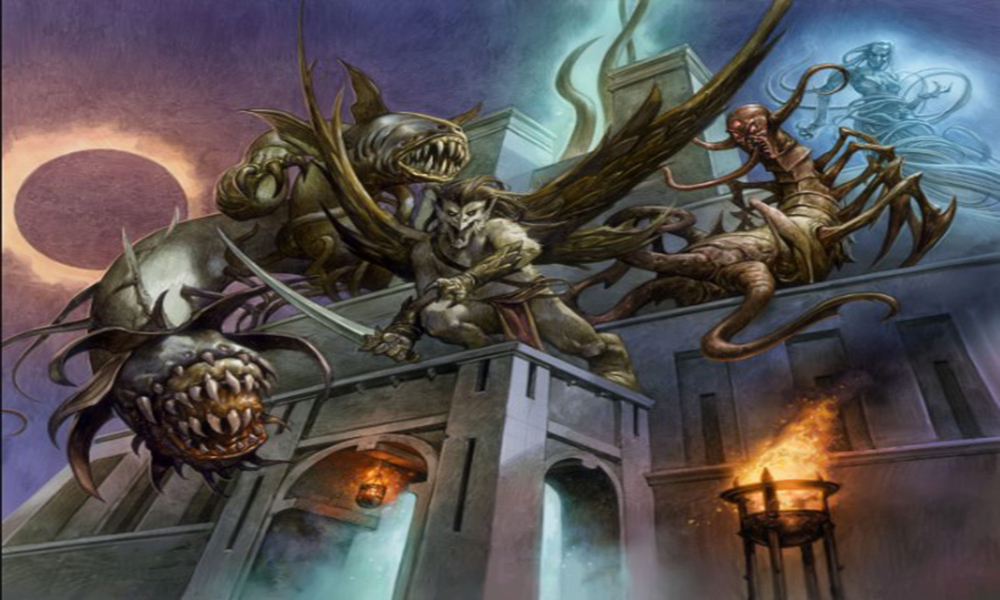
Originally a form of the primordial language warped and twisted by the evil of the Abyss, the Abyssal language is the tongue of demons.
Unpredictable and rough, the speech of demons is a piecemeal barking mingled with softly droning waves and the violence of a swarm of angry hornets.
While alien and exotic, however, over 119 creatures share this language, making it pivotal for any linguist.
What Abyssal is Useful for:
- Demons are whimsical, fickle, and chaotic. While their moods are inscrutable, one might glean ancient truths nestled into their virulent speech.
- From ancient, evil rituals to secrets of cosmic horrors, abyssal is preferred by many high-ranking demons to prepare for their unspeakable plans.
3. Elvish
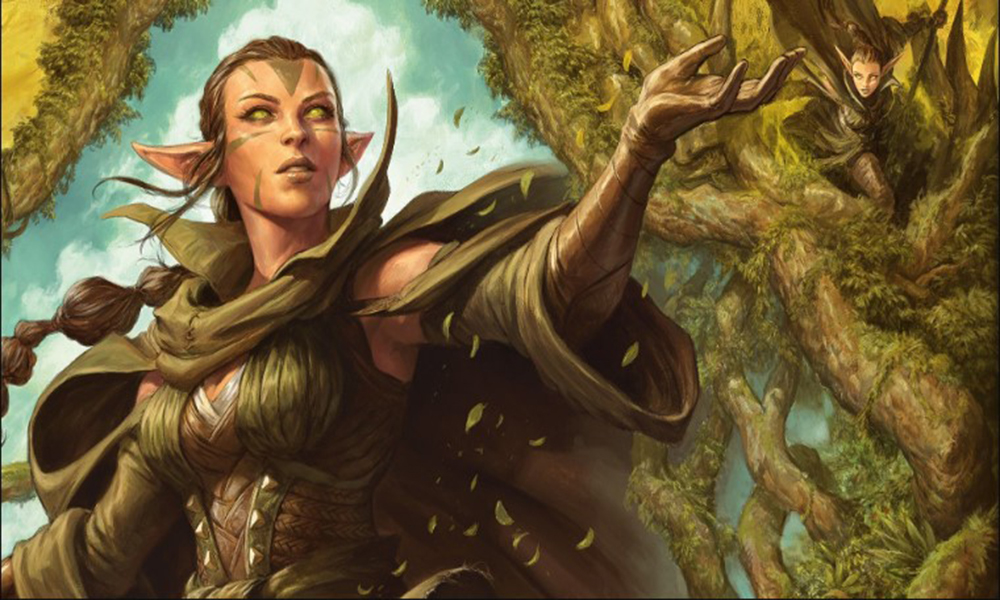
Elegant, graceful, and song-like, Elvish is the language of eladrin, elves, and drow, usually adopted by all of their sub-sets and creatures known to cohabitate with them.
So wonderful it is that over 130 different creatures speak it, thus do a broad range of NPCs to hold a conversation with.
What the Elvish language is Useful for:
- It is one of the most common standard languages in 5th edition, meaning that anyone can pick it up relatively early and share in the tradition of elves.
2. Draconic
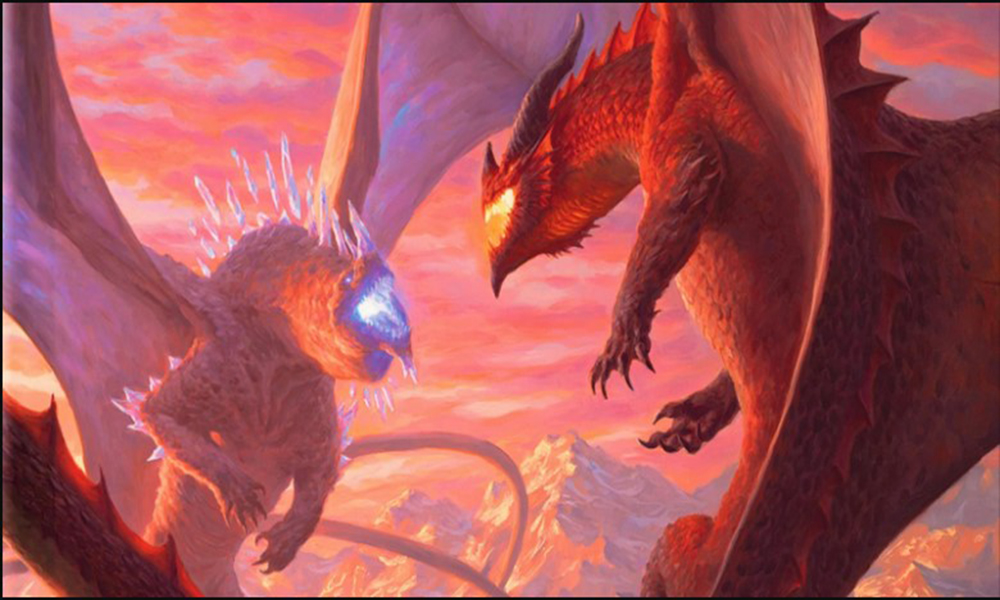
Dragons called their language Glav, meaning “speech” from chromatic to metallic.
Reds, Golds, blues and silvers, dragons, and other members of draconic-related races such as Dragonborn and kobolds use Draconic as their native language.
In many worlds such as Toril of the forgotten realms setting, Draconic is also used as a primary means of arcane notation!
What Draconic is Useful for:
- It’s safe to say that, in many worlds, it is the language of magic. Wizards, sorcerers, and more would study it to delve into the nature of magic itself.
- Including true dragons, over 186 creatures in 5th edition share this language, many of which do not also speak common. This is a large chunk of creatures one might now converse with.
1. Common
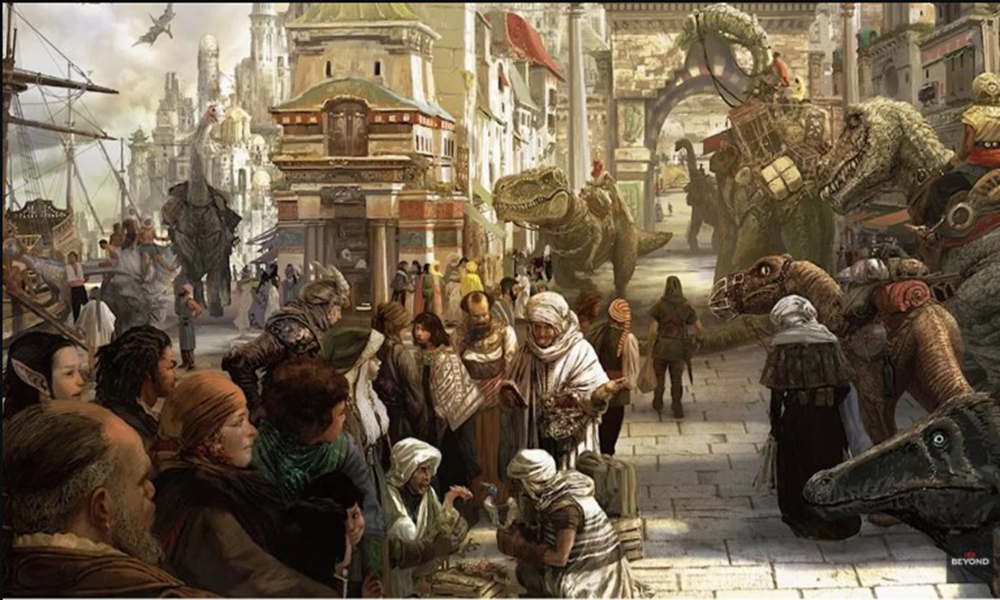
As its name implies, almost every sentient being in 5th edition spoke a smattering of it, and most were fluent.
With over 625 creatures sharing this language, it’s safe to assume that if a creature can speak, then it knows common.
What Common is Useful for:
- It’s the trade language most Dungeons & Dragons worlds use. Knowing it facilitates understanding between almost all civilized races.
You May Also be Interested in:
[Top 5] D&D Best Bladesinger Builds That Are Fun To Play
[Top 5] D&D Best Blood Hunter Builds That Are Fun To Play
[Top 5] D&D Best Bladesinger Race - What's the Best Race for Bladesingers?
Image Gallery
- Log in or register to post comments
 Home
Home PC Game Trailers
PC Game Trailers News
News Menu
Menu

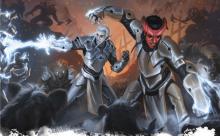
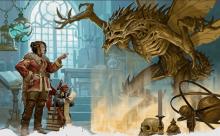
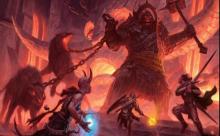
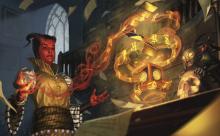
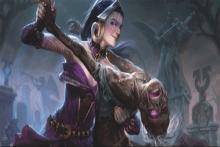

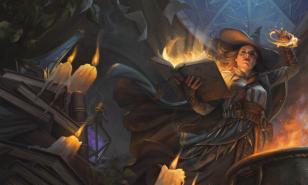
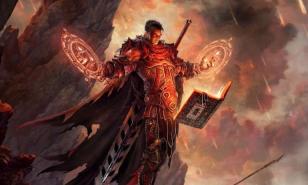
![[Top 20] D&D Best Barbarian Weapons, Items and Armor Barbarian with mohawk wielding a big hammer](https://www.gamersdecide.com/sites/default/files/styles/308x185-scale-crop--more-top-stories/public/barbarian_2.jpeg)

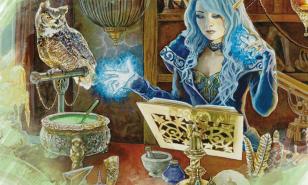


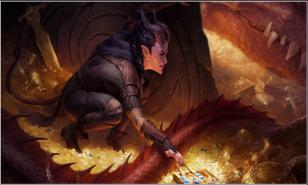

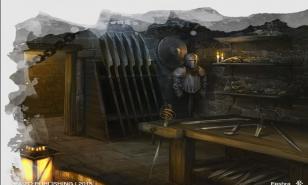
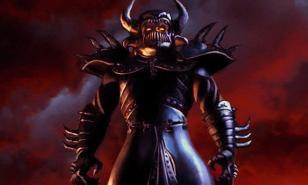
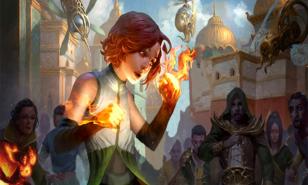
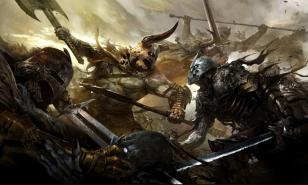
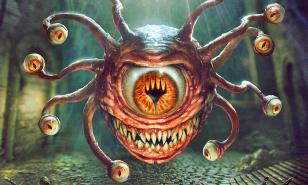
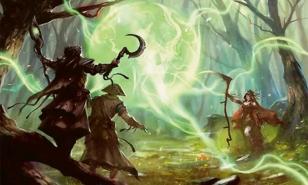
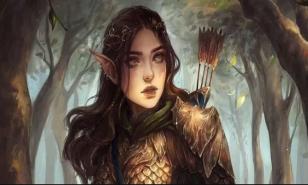
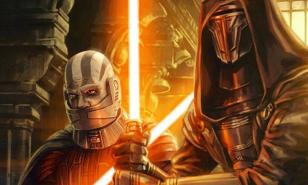
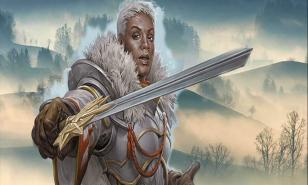
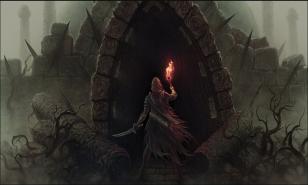
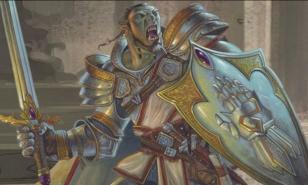
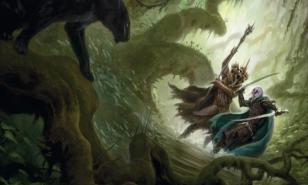
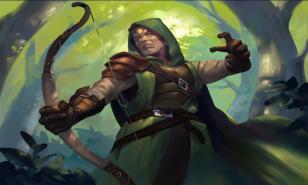

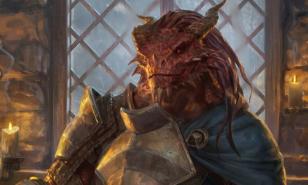
![[Top 5] D&D Best Barbarian Race - What's the Best Race for Barbarians? Best Race for Barbarians](https://www.gamersdecide.com/sites/default/files/styles/308x185-scale-crop--more-top-stories/public/barbarian.jpeg)
